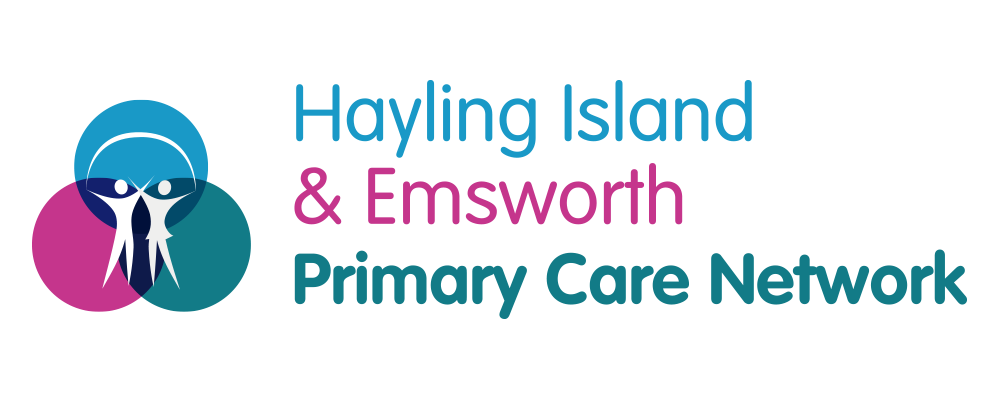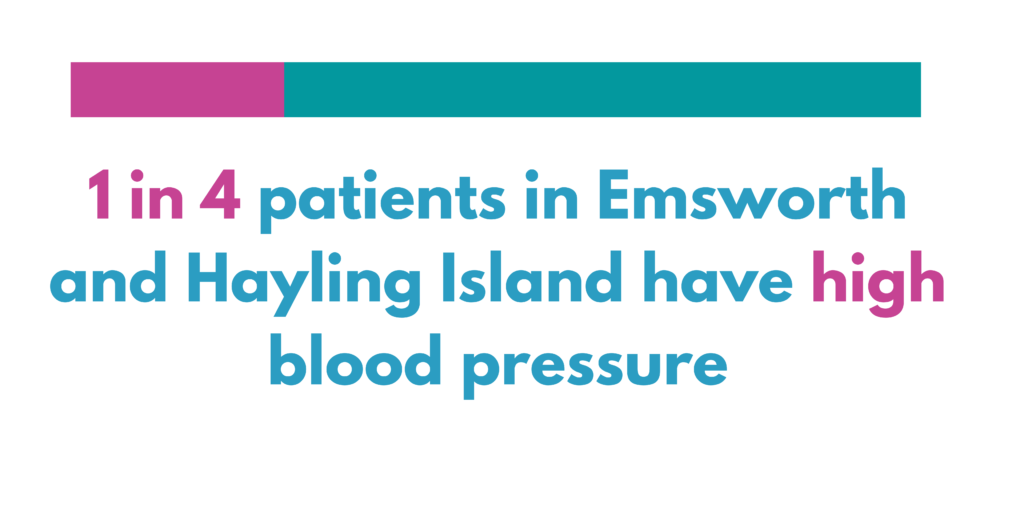Did you know that 1 in 4 people tested in Hayling Island and Emsworth have high blood pressure? Monitoring your blood pressure is important for your health and wellbeing. If you have high blood pressure, reducing it by even a small amount can help lower your risk of developing more serious health conditions.
Lots of factors contribute to high blood pressure. Common causes of high blood pressure include being overweight, stress, poor diet, lack of sleep, lack of exercise, excessive alcohol intake, smoking and age. By raising awareness and proactively monitoring your blood pressure regularly now, you can minimise the impact it could have on your health in the future.
If you don’t have a blood pressure machine at home already, you can buy one online or from a pharmacy. You can also get your blood pressure tested at your local community pharmacy or arrange to use one at your GP surgery, subject to availability.
What should your blood pressure be?
The table below shows normal blood pressure ranges depending on age and conditions: (Source: www.moatfield.co.uk/hypertension)
(Source: www.moatfield.co.uk/hypertension)
*Note that you may have agreed a different target range with your nurse, GP or specialist
If you’ve recently been diagnosed with high blood pressure
You may need to have some blood tests (e.g. kidney function, cholesterol) and possibly a heart tracing (ECG). A few people may need more specialist investigations. The most important thing is to keep a diary of your blood pressure readings. This involves monitoring your blood pressure every morning and evening for 5-7 consecutive days to complete a blood pressure diary at home. Make sure this is not measured first thing in the morning (at least 20 minutes after getting up). Each time you record your blood pressure, you should ensure that you relax for a few minutes beforehand and your feet are flat on the floor. You should repeat the check 3 times in a row and record the lowest of your 3 readings. You can record your results on a form like this one.
Here is a useful explainer video from the British Heart Foundation on YouTube:
Blood Pressure Resources:
- What is high blood pressure? – British Heart Foundation
- High blood pressure – NHS
- Patient Statin Decision Aid
- Pros and Cons of Statins
- Risk factors for heart disease – British Heart Foundation

